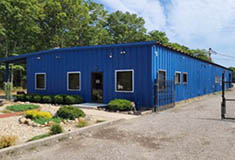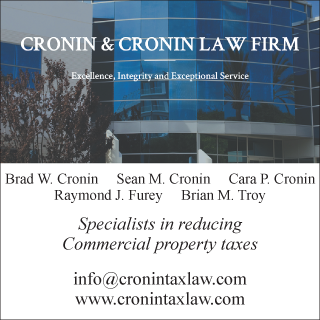Three benefits of microgrids in real estate - by Ron Koenigsberg

The rapidly accelerating urbanization of the U.S. is placing great strain on the aging infrastructure of the country. Increased energy demands in very localized urban areas are having a negative impact on the national power distribution grid.
This is causing reliability issues, which impact the economy, and has a negative environmental impact since more fossil fuel-burning facilities are needed to address demand.
Learn How Microgrids Operate
As the world’s demand for energy grows, microgrids are becoming increasingly important. The U.S. Department of Energy (DOE) describes them as localized grids that are able to disconnect from traditional ones and operate autonomously.
 Within a microgrid are small power generators such as traditional fossil fuel generators, photovoltaic (solar), wind and fuel cells. Different sources of power generation improve the microgrid’s reliability.
Within a microgrid are small power generators such as traditional fossil fuel generators, photovoltaic (solar), wind and fuel cells. Different sources of power generation improve the microgrid’s reliability.
The microgrid can operate independently or it can be connected to a larger utility power grid. The ability to operate independently from a larger grid makes microgrids invaluable tools when the larger grids, for whatever reason, fail.
These localized, small-scale, power grids operate independently from the main electrical network. They are increasingly being used to boost the amount of power in remote areas. In addition, they act as a back-up for mission critical buildings like hospitals, or data centers.
Emergence of Microgrids and Commercial Real Estate
The advantages of these microgrids are seeping into the minds of real estate developers and investors alike. These smart energy upgrades represent a way to add value to premium properties serving high demand customers.
Additionally, these upgrades relieve strain on the existing energy infrastructure and provide a cleaner solution to urban development.
Three Commercial Real Estate Benefits & Advantages of Microgrids
1. Improved Power Reliability – Microgrids with multiple generation sources provides diversity and therefore greater reliability. Connecting a microgrid to the larger grid simply means increased power dependability.
2. Lower Energy Costs – Microgrids connected to the larger grid can use power from that grid, especially when prices are cheaper than the microgrid. Conversely, the use of the microgrid are maximized when prices from the larger grid are higher.
These variables are often time-of-day rates, demand charges, weather, potential demand responsive events and load shedding scenarios.
3. Energy Efficient – Microgrids with multiple generation sources are more efficient through renewable sources, eliminate the transmission and distribution energy losses, and have the capability to recover and use heat locally. This results in higher energy efficiency and lower carbon production.
Conclusion
With access to renewable energy as more of a corporate focus, microgrids could become a key selling point for landlords trying to attract future commercial tenants. Green buildings are imperative in today’s environmentally conscious world and companies’ corporate social responsibility initiatives.
Also, there is upside for larger companies with multiple offices within one property. The stability and security offered by long-term, fixed electricity prices could be an aid to managing their business better. This will give the company a consistent supply of green energy and offer price certainty.
Ron Koenigsberg, CCIM is president of American Investment Properties, Garden City, N.Y.
Suffolk County IDA supports expansion of A&Z Pharmaceuticals


The evolving relationship of environmental consultants and the lending community - by Chuck Merritt
When Environmental Site Assessments (ESA) were first part of commercial real estate risk management, it was the lenders driving this requirement. When a borrower wanted a loan on a property, banks would utilize a list of “Approved Consultants” to order the report on both refinances and purchases.








.gif)
.jpg)